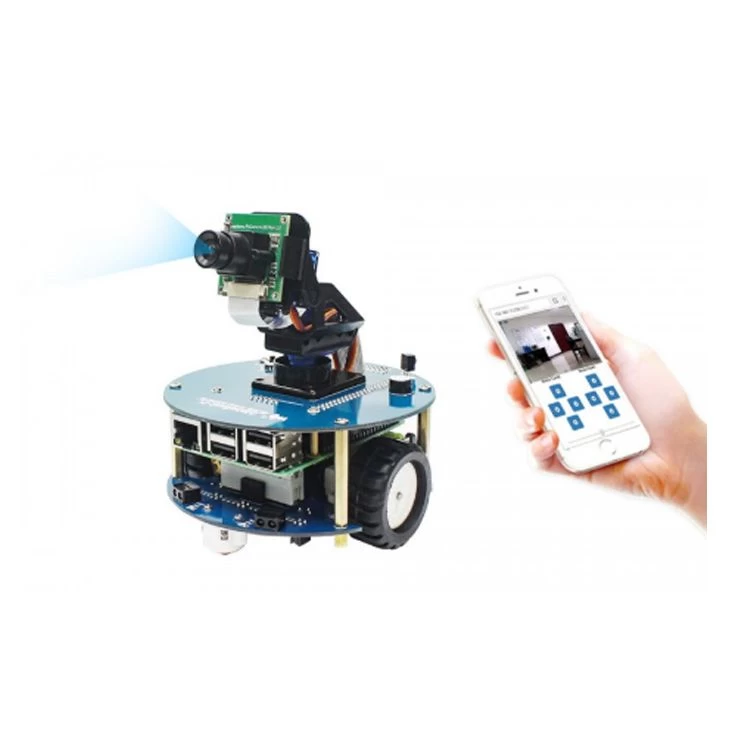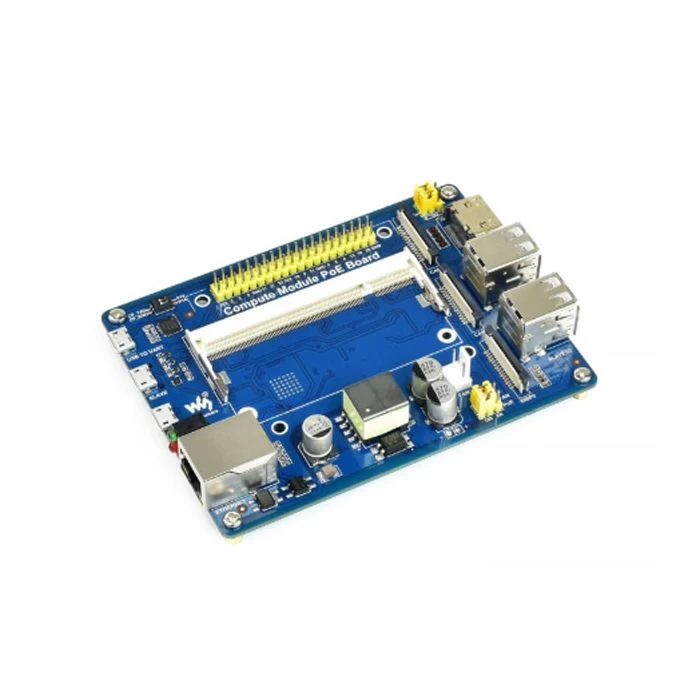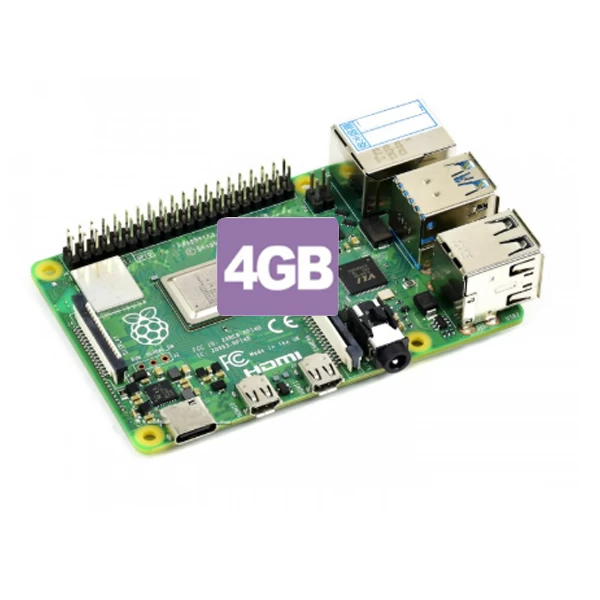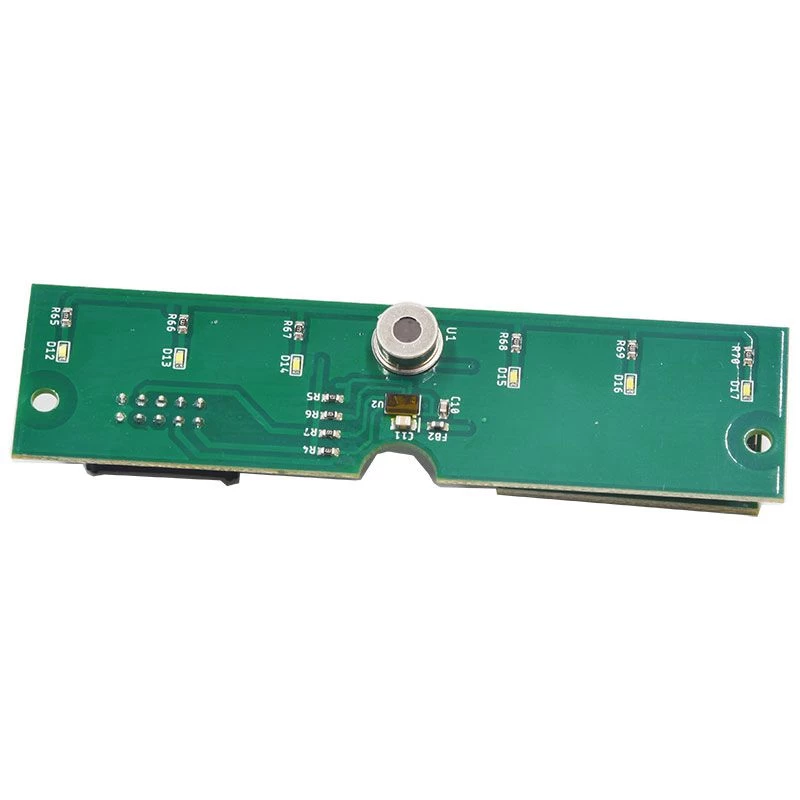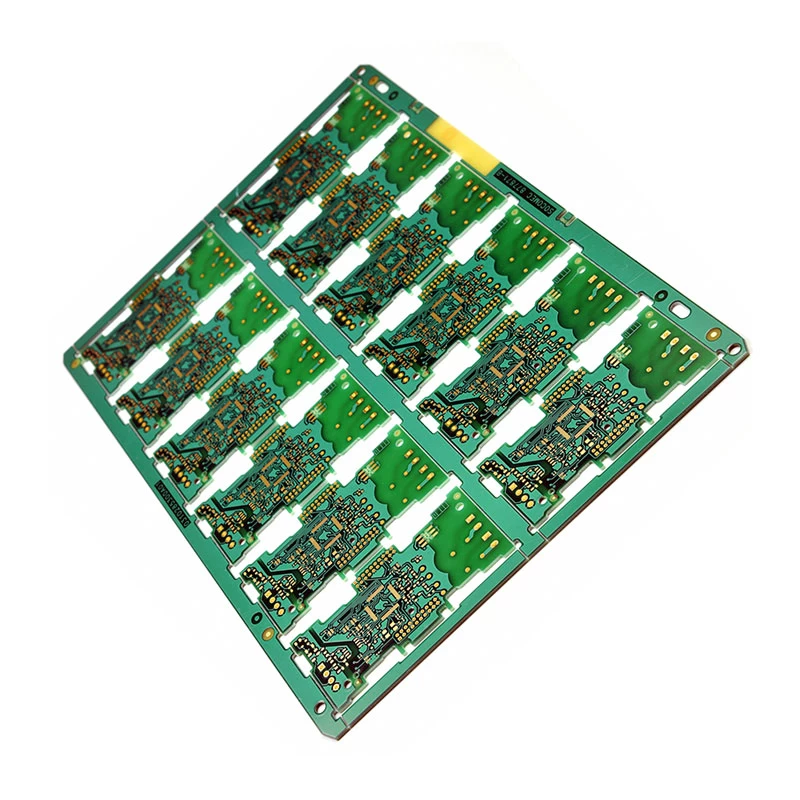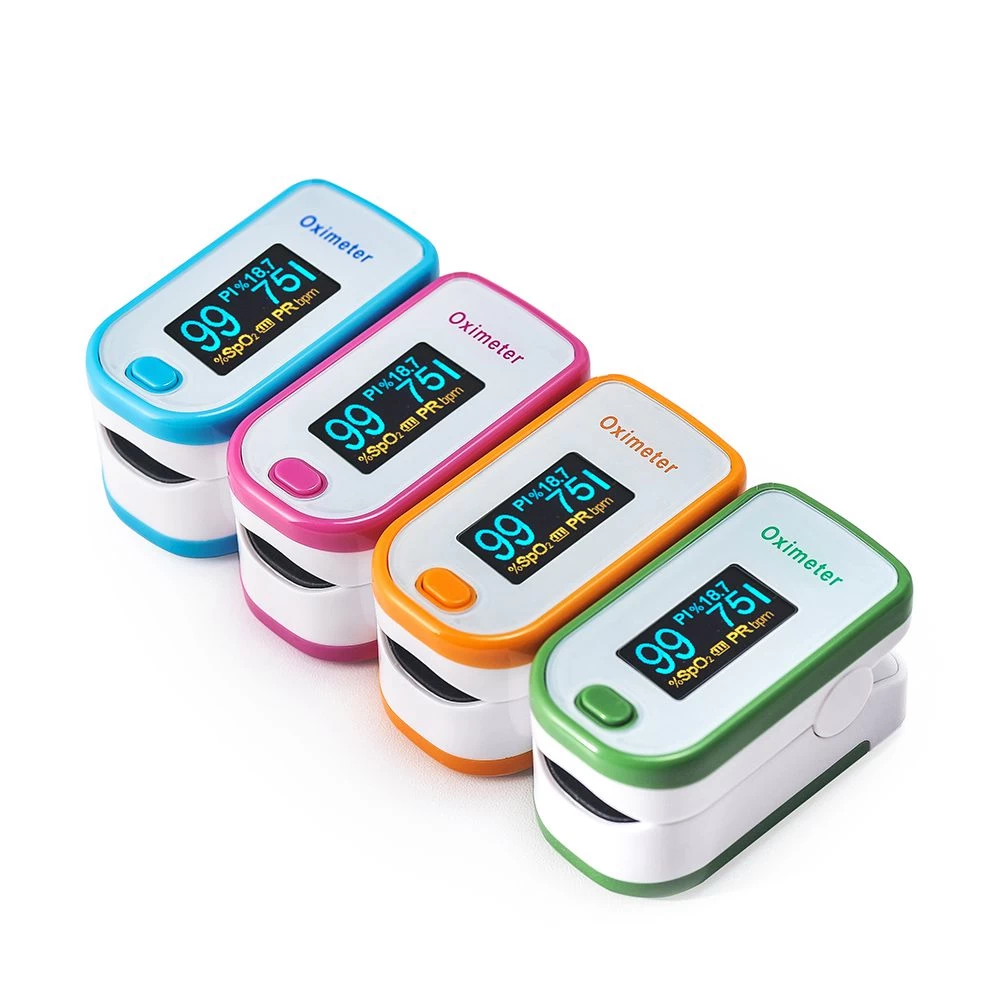PCB failure analysis technology and some cases

For this failure problem, we need to use some common failure analysis techniques to ensure the quality and reliability of the PCB during manufacturing. This paper summarizes the top ten failure analysis techniques for reference.
1. Visual inspection
Visual inspection is to visually check or use some simple instruments, such as stereo microscope, metallographic microscope or even magnifying glass to check the appearance of the PCB, find the faulty part and related physical evidence. The main function is to locate the fault and determine the failure mode of the PCB.

The visual inspection mainly checks the PCB contamination, corrosion, location of the blasting board, circuit wiring and the regularity of the failure, such as batch or individual, is always concentrated in a certain area and so on. In addition, many PCB failures are discovered after assembly into PCBA. Failures caused by the assembly process and the materials used in the process also require careful examination of the characteristics of the failure zone.
2. X-ray fluoroscopy
For some parts that cannot be visually inspected, as well as the inside of the through hole of the PCB and other internal defects, it is necessary to use an X-ray system to check. X-ray system is the use of different material thickness or different material density to image the different principles of X-ray moisture absorption or transmittance.

This technique is used more to inspect defects inside PCBA solder joints, via internal defects, and the location of defective solder joints in high-density packaged BGA or CSP devices. The current industrial X-ray equipment has a resolution of less than one micron and is being transformed from a two-dimensional to three-dimensional imaging device. Even five-dimensional (5D) devices have been used for package inspection, but this 5D X The fluoroscopy system is very expensive and rarely has practical applications in industry.
3. Slice analysis
Slice analysis is the process of obtaining the cross-sectional structure of a PCB through a series of means and steps such as sampling, inlaying, slicing, polishing, etching, and observation. Through the slice analysis, a wealth of information reflecting the microstructure of the PCB (through holes, plating, etc.) can be obtained, which provides a good basis for the next step of quality improvement.
However, this method is destructive. Once sliced, the sample is inevitably destroyed. At the same time, the method requires high sample preparation, and the sample preparation takes a long time, which requires a well-trained technician to complete. A detailed slicing process is required, which can be referred to the IPC standard IPC-TM-650 2.1.1 and IPC-MS-810.













